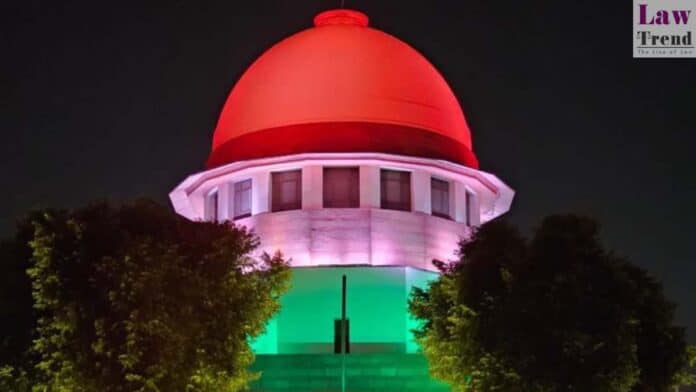In a landmark judgement on Tuesday, the Supreme Court of India delineated clear guidelines to differentiate works protected under the Copyright Act from those eligible for protection under the Designs Act. This significant ruling, delivered by Justices Surya Kant and N Kotiswar Singh, stemmed from a legal dispute involving Cryogas Equipment Private Limited and LNG Express India Private Limited against Inox India Limited.
The Supreme Court affirmed the Gujarat High Court’s decision to reinstate Inox’s copyright infringement suit, urging the lower court to evaluate the case on its merits. The dispute centered on the critical legal query of when an artistic work ceases to be protected by copyright due to its industrial application, thus transitioning into a “design” under the Designs Act.
Justice Surya Kant, authoring the 56-page decision, addressed the often blurry line between “artistic works” and “designs”. This overlap, especially evident under Section 15(2) of the Copyright Act, results in copyright cessation when a design is commercially exploited without proper registration.
To clarify this complexity, the Court introduced a two-step analytical framework. It requires first identifying whether the item is an “artistic work” as defined under Section 14(c) of the Copyright Act. If it is, the courts must then determine whether the item has transformed into a “design” through industrial processes as stipulated in Section 15(2).
Furthermore, the judgement introduced a ‘functional utility test’ to determine whether an industrially applied work’s primary purpose is aesthetic or functional. Works primarily serving a commercial utility would be governed by the Designs Act, forfeiting copyright protection if unregistered.
“Our verdict aims to ensure that the rights afforded by both legislative regimes are appropriately applied without encroaching upon one another’s domains. This approach seeks to maintain the coherence and consistency of intellectual property rights application across India,” Justice Surya Kant explained.




